I can’t believe it’s (almost) December! I’ve loved creating this monthly series of video recommendations to share with you, and I hope you’re able to use the therapy ideas for many years to come.
This will be my final video recommendation post, but keep an eye out for a new blog series starting next month. And in the meantime, I hope you and your loved ones have a joyful and restorative holiday season!
As always, a quick reminder: I watched all of these videos and found them to be worthwhile, but everyone’s needs are different, so please preview any video fully before sharing it with students.
Length: 3 minutes
Ages: 6th–12th grade
Did you know that cheetahs can’t roar? They purr and chirp instead! This is one of the five facts featured in this short and engaging video about the world’s speediest cats.
This video couldn’t be more perfect for International Cheetah Day on December 4th. You could also use it to target a variety of speech and language skills, including:
- Compare and contrast: Students could identify similarities and differences between cheetahs and other big cats, or even between cheetahs and domestic cats!
- “How” questions: This video is packed with factual content, providing an opportunity to practice “how” questions; e.g., “How do cheetahs camouflage themselves?”
- Social communication/get to know you: After students learn five facts about cheetahs, they could each share five facts about themselves.
- Vocabulary: Students could use context clues to infer the definitions of unfamiliar words from the video (e.g., “stride,” “theory,” “retract,” “rudder,” “keen”) and then use the words in sentences.
- Extension: If students are fans of these fast felines, they could research conservation efforts. The Living Desert Zoo | Gardens also has cheetah-focused activity guides for grades K-5, 6-8, and 9-12.
Length: 4 minutes
Ages: 2nd–5th grade
Celebrate Computer Science Education Week from December 9th–15th by sharing this information-packed video with your students and clients.
It simplifies a complex topic effectively, and it’s also a fun way to work on several speech and language goals, including:
- Discussion/personal narrative: Students could share some of the ways that they use computers.
- Sequencing: Students could talk about the major milestones in the long history of computers.
- Summarizing: The video concludes with an excellent review that could serve as a model for students who are learning how to summarize.
- Verb tenses: Students may be shocked to learn how much computers have changed over the years! They could use past tense to talk about early computers, present tense to talk about current computers, and future tense to imagine how computers might change in the next 50 years.
- Extension: This video is the first in a series of 10, so students have plenty of options for learning more about computer science!
Length: 5 minutes
Ages: Preschool–3rd grade
In this gentle picture book, the main character Danbi is nervous about her first day of school in a new country, but she and her classmates connect over a shared love of lunch and loud noises.
This read aloud could honor International Migrants Day on December 18th, and it also highlights many speech and language skills, including:
- Cause and effect: As students progress through the story, they could identify and describe the links between actions and outcomes.
- Emotions and perspective-taking: Danbi’s emotions aren’t explicitly named in the story, providing an opportunity for students to make inferences about how she might be feeling.
- Onomatopoeia: Even though most students don’t have onomatopoeia goals, it can be motivating for them to learn to play with language in this way! Danbi Leads the School Parade is full of onomatopoeia examples, from “boom” to “ting.”
- Personal narrative: Students could describe their favorite lunch, or share about a time when they felt nervous.
- Extension: Students could read Danbi’s Favorite Day, learn more about author/illustrator Anna Kim, or try additional activities at home or school.
Length: 6 minutes
Ages: 1st–5th grade
Brrr! Winter arrives on December 21st in the Northern Hemisphere, and this appealing video from Mystery Science (one of my favorite channels!) explains the mechanics of a fascinating cold weather phenomenon.
In addition to science concepts, this video addresses several speech and language skills, including:
- Describing: As students learn about water’s different forms, they could talk about how each one looks, feels, sounds, smells, and tastes.
- Predicting: Before watching the video, students could guess the answer to the question in its title.
- Summarizing: This is a longer video, and it’s full of complex information, giving students a challenging opportunity to summarize what they learned.
- Why questions: Students could generate (and research the answers to) additional “winter why” questions; e.g., “Why is every snowflake unique?”
- Extension: Students could try a temperature-focused science experiment (like this one from the Exploratorium) and discuss the results.
Length: 8 minutes
Ages: Kindergarten–5th grade
In this charming story, Squirrel worries that he will never find the right New Year’s resolution, only to discover it was right in front of him all along.
This read-aloud could help students ring in 2025 and practice a variety of speech therapy goals, including:
- Articulation: Students working on /r/ will find an assortment of target words, including “rabbit,” “read,” “run,” “forest,” “important,” “creek,” “grumpy,” “bear,” “doctor,” and “year.”
- Discussion: Students could share their opinions about the vital question, “What’s more important: resolutions or snacks?”
- Problem solving: Students could identify the challenges that the characters in the story face, and what they do in response.
- Retell: This story’s narrative structure is clear and organized, giving students a supportive opportunity to work on retell skills.
- Extension: Using the story’s thoughtful definition of a resolution (“a way to use what you’re good at to help others”), students could generate their own goals for the new year.
Have fun with these recommendations, and I’ll see you in 2025!
If you love using videos in your speech sessions and want weekly recommendations and activity suggestions in your inbox, consider signing up for a Digital SLP membership! This is just one of the many bonuses you receive when you become a paid subscriber. Click here to learn more.
This post contains affiliate links for which we may receive compensation at no additional cost to you. Click here to read our full affiliate policy.


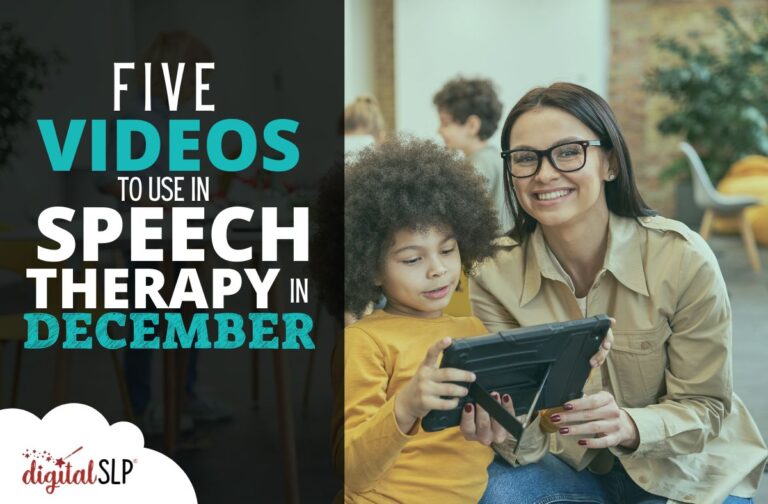



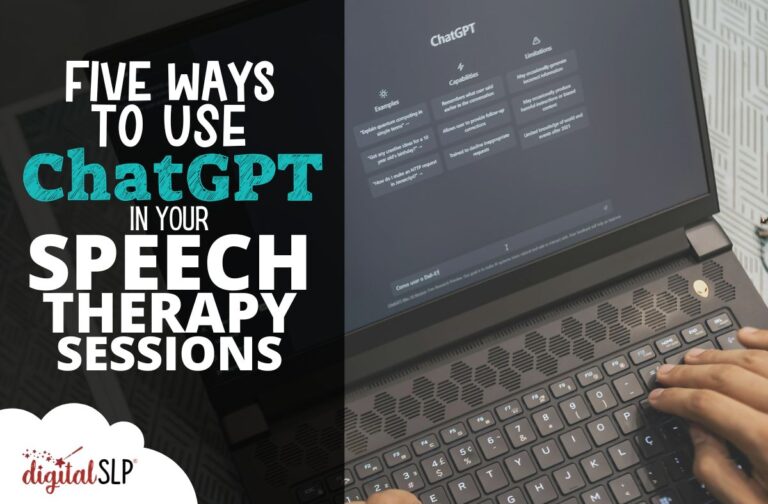
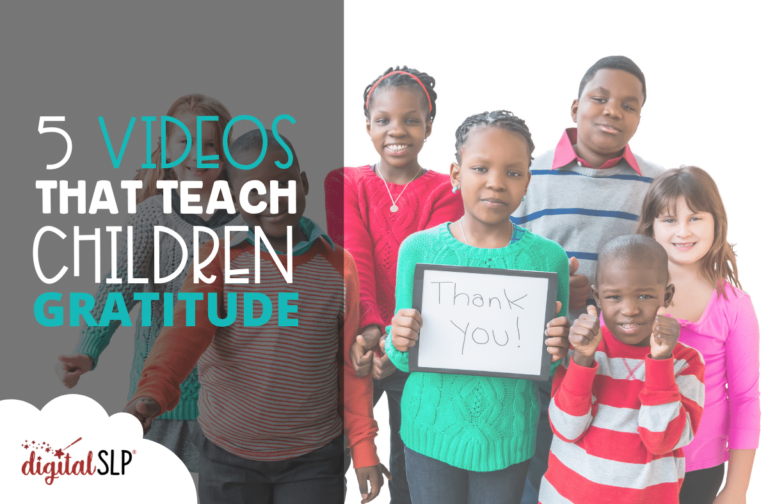

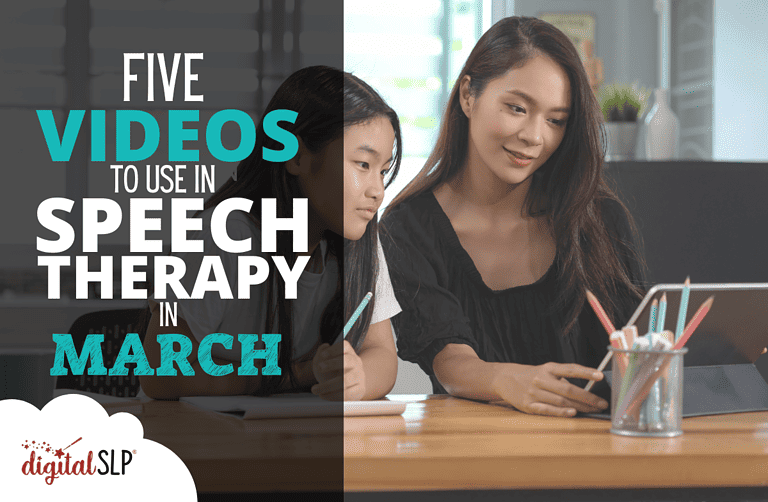

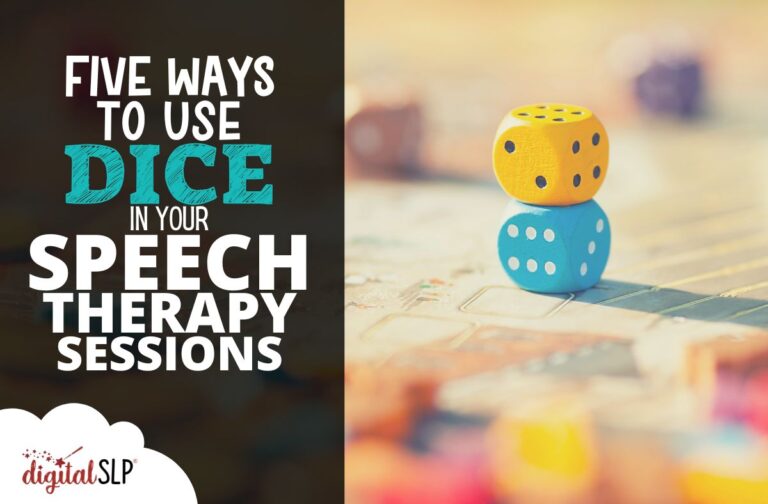

Recent Comments